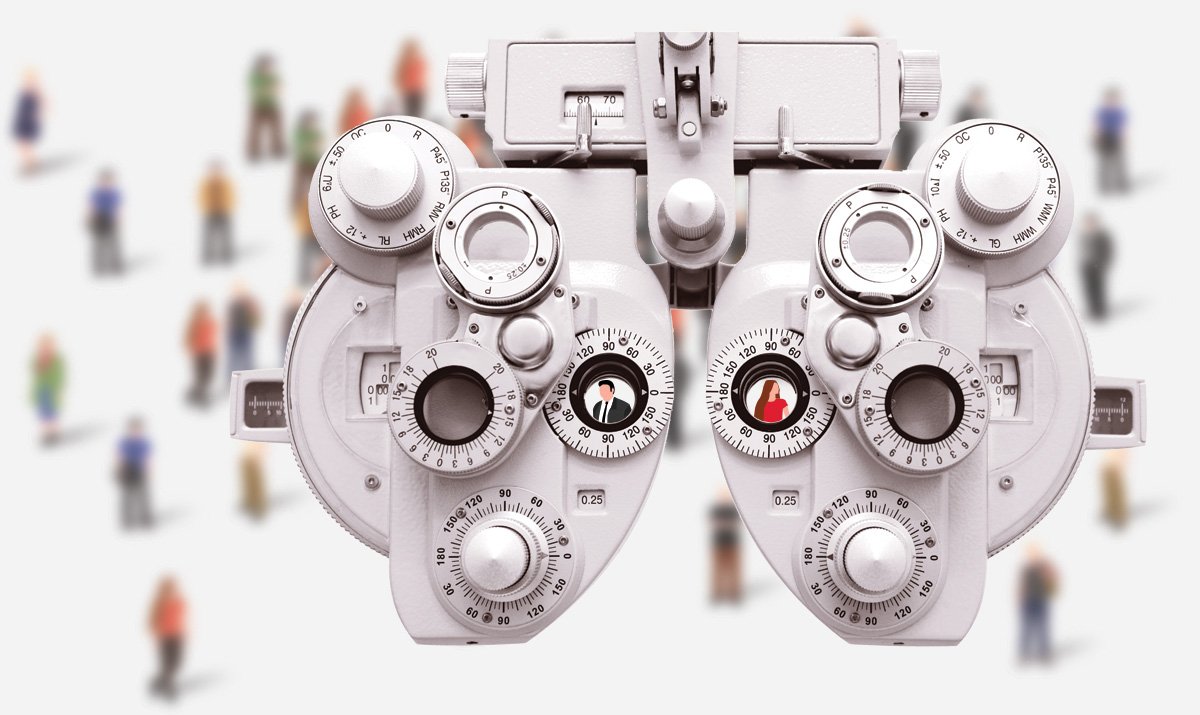What skills are you looking for?
Gregory Ronczewski is the Director of Product Design at Ibbaka - view his Skill Profile
It is hard to think about skills without trying to imagine a role where the skills will be applied, at least in my mind. People have a natural tendency to organize things. It makes us feel that we are in control, that we know stuff. Skills, however, often escape our efforts. They often appear in clusters of related skills. At other times, they make us scratch our heads when we try to force them into a specific category. Is 'Active Listening' a social skill or a foundational skill (a skill used to build other skills)?
There are few terms that we regularly use at Ibbaka when we discuss skills. What is interesting though, is the fact that our interpretation of a skill or skill cluster is not always the same. We agree on terminology and definitions but when it comes to specific skills... that's another story. Take Design Thinking as an example. Is it a skill? Some will say yes. I will say no. For me, it is an umbrella for a group of skills, or even more precisely, it is an approach to problem-solving that uses several skills.
In an article by McKinsey, Linking Talent to Value, the authors wrote about the importance to truly understand a role that a company may want to fill.
"Getting the best people into the most important roles does not happen by chance; it requires a disciplined look at where the organization really creates value and how top talent contributes."
When we created our TeamBuilder - a tool allowing you to find best candidates for a role, we created People-first or Role-first choice. The latter option, a role-first, can answer many of the questions posed in the above article. We are constantly improving our software so that it can better define the relationships between skills. We are trying to understand the patterns of how skills are grouped and used together. Our blog contains many posts on this subject, but let's run through some key concepts one more time.
Associated Skills - those are the skills that have a very strong connection to each other. For instance, it is hard to imagine HTML5 without some knowledge of CSS or a little bit of JavaScript. In the same way, Providing Feedback is a Communication skill. Those are the skills we expect to find together in the same person, even though the individual may not immediately be aware of the connection. The Ibbaka Talent skill inference engine looks for connections and can suggest skills based on their relations.
Complementary Skills - this is even more interesting. What are the skills that complement each other? A good way to find out is by analyzing skills of few people working together. These are skills that are not generally found in the same person, but which are frequently used together. People with those skills usually offer a different point of view, which is critical to innovation and creative problem-solving. Complementary skills do not pull the team effort apart because of team members different skill sets, quite the opposite. Complementary skills elevate the team's overall capabilities to a much higher level.
Connecting Skills - those are the skills that we use to integrate other skills. A good visual representation that comes to mind is a Venn Diagram where the overlapping area shows the shared skills. In our methodology, we further divide Connecting Skills into two groups: External and Internal.
The Venn Diagram graphic from Wolfram MathWorld
When people are invited to group their skills, they tend to have a few skills that they place between the clusters. When questioned on this, they say that "these are the skills that connect the two clusters and allow me to use them together on the same problems." The same thing happens between people. There are connecting skills that people with different roles from different disciplines use to communicate with each other. They share a specific language that allows them to communicate or use border objects to visualize a problem they are trying to solve. A Customer Journey Map is a good example of a connecting object. People from different disciplines can use it to frame conversations with each other about how a customer interacts with a company or product over time.
An example of a Customer Journey Map from an article by Jessica Tien published in MISC Magazine
When you find a group of people that you like working with, this group will most likely have a good selection of Complementary and Connecting skills. People playing music together have specific skills related to their primary role or instrument. It is only by playing together as an ensemble that they can produce sounds that are not possible for a solo artist. This is not because of any lack of skills on the part of the individual. The complementary and connecting skills of an ensemble allow new harmonies and counterpoint to emerge.
For the top image, I selected a tool that Optometrists often use when you are getting a new pair of glasses. I think it is a good metaphor for how you look for the talent to fill a specific role. Without glasses, all you see is a blurred crowd, but as the doctor changes the device settings, suddenly the view becomes sharp and clear. In the same way, as our TeamBuilder uses skills as filters to adjust the "view" so the ideal candidates are right there, clearly visible. It is not complicated to compile a list of skills. Ibbaka Talent is not a simple skill organizer. It is an advanced tool that learns from people using it to make meaningful suggestions when you don't know how to define a role and find a right talent.




